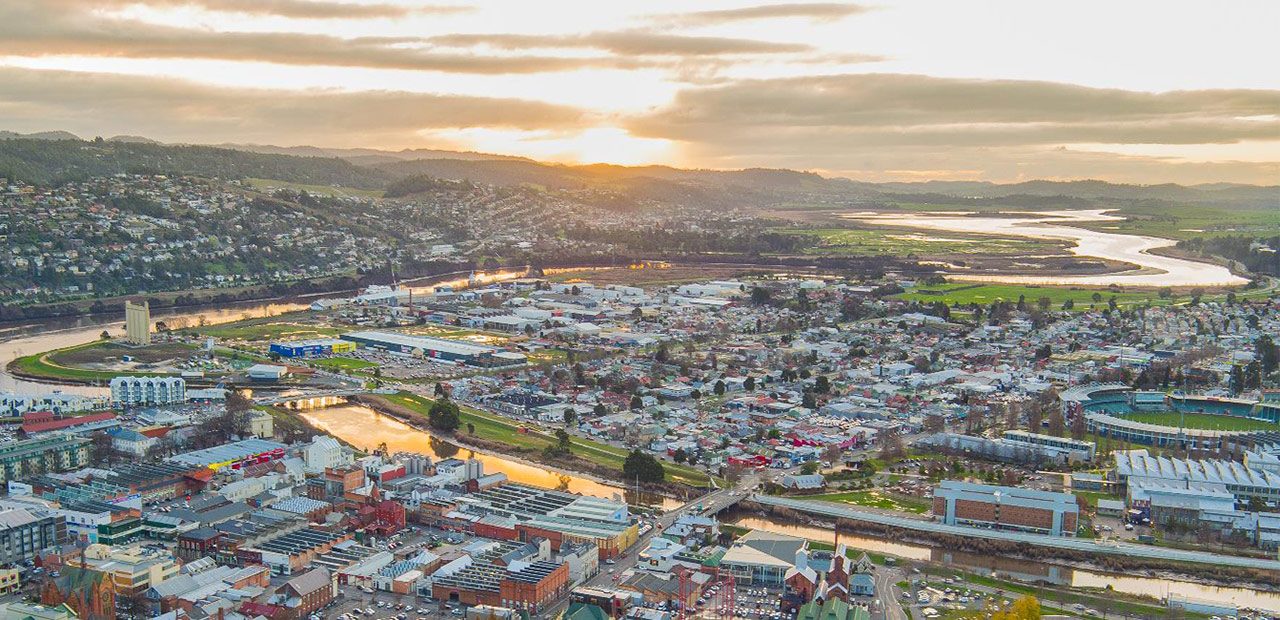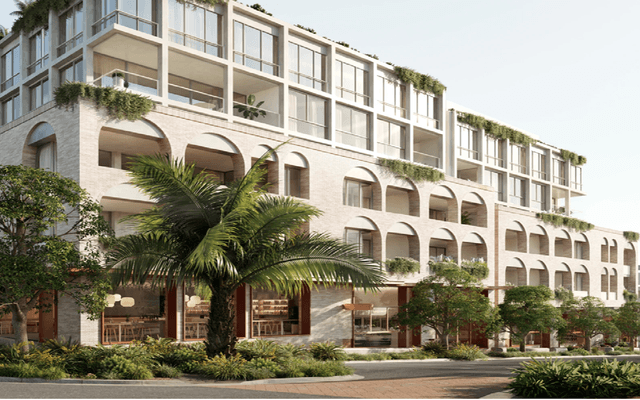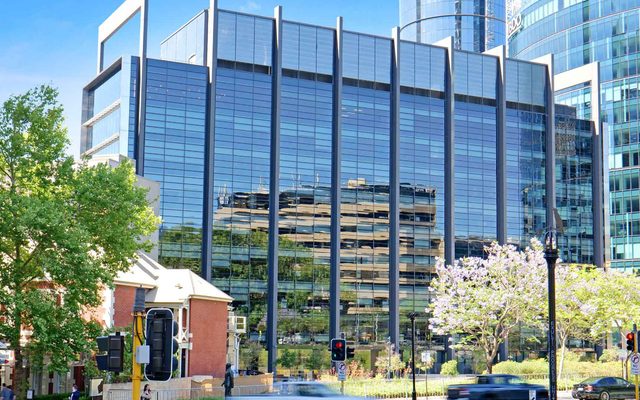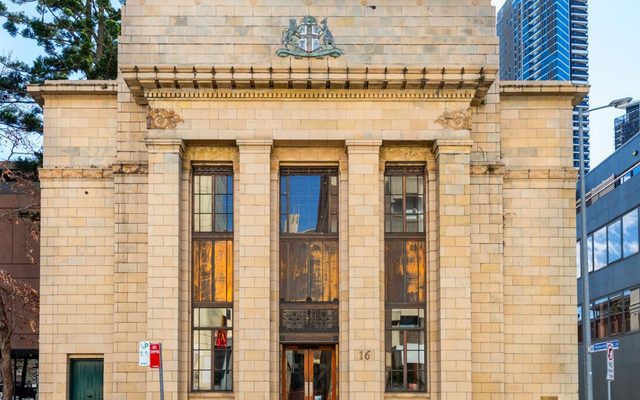This article is from the Australian Property Journal archive
LAUNCESTON’S property market outperforming Sydney’s over the past 20 years should be an important lesson about unfounded property market myths, perception and reality, according to Propertyology.
Sydney’s average annual growth has totalled 7.1% over the past two decades, outpaced by Launceston’s posted 7.4%, and rental yields respectively have been 3.1% and 5.4%.
Propertyology’s head of research, Simon Pressley, said it is important to note that growth years and downturns in the two cities occurred in completely different years.
“That’s because local housing supply and economic conditions, which are the biggest influences on property markets, will always be different from one city to the next,” he said.
Pressley said the past 20 years produced two real estate booms for Launceston and Sydney and plenty of other years with sustainable single-digit price growth.
The median house price declined in just three individual calendar years in Launceston in that time, and Sydney saw a decline in five.
“Housing affordability is key,” Pressley said.
Sydney’s last real estate boom ended in July 2017 and a large pipeline of new property stock then fuelled a downturn, Pressley said, which wiped approximately 20% off Sydney values over the subsequent two years.
“Launceston’s real estate prices were flat for several years until early 2018, but today it is one of the strongest property markets in all of Australia,” he said.
“To put some context around the significance of housing entry costs and rental yields, a property investor who purchases a Sydney house at the current median value and median rental yield, using a 10% deposit and investment loan with 4.5% interest rate, will have a pre-tax cash flow shortfall of $21,000 per year. The same scenario in Launceston is $2,000 cash flow positive each year.”
Pressley said many “novice investors continue to rely on population growth as a leading property market indicator when it is not”. Launceston’s population of 70,000 is dwarfed by the five million-plus in Sydney.
“The combination of a diverse economy, affordable housing and controlled supply reduces volatility within the property market of great regional cities like Launceston and myriad others.”
Pressley said Launceston’s current momentum is likely to be driven further forward by economic growth in the form of some exciting luxury hotel projects, a world-class new university to be developed on the inner-city fringe, a proposal for a new defence force precinct, and the significant growth of its tourism sector.
“Regional locations that are highly reliant on one particular industry sector do pose greater risks to local property markets, but we can say the same about a few capital cities,” he said.




